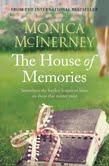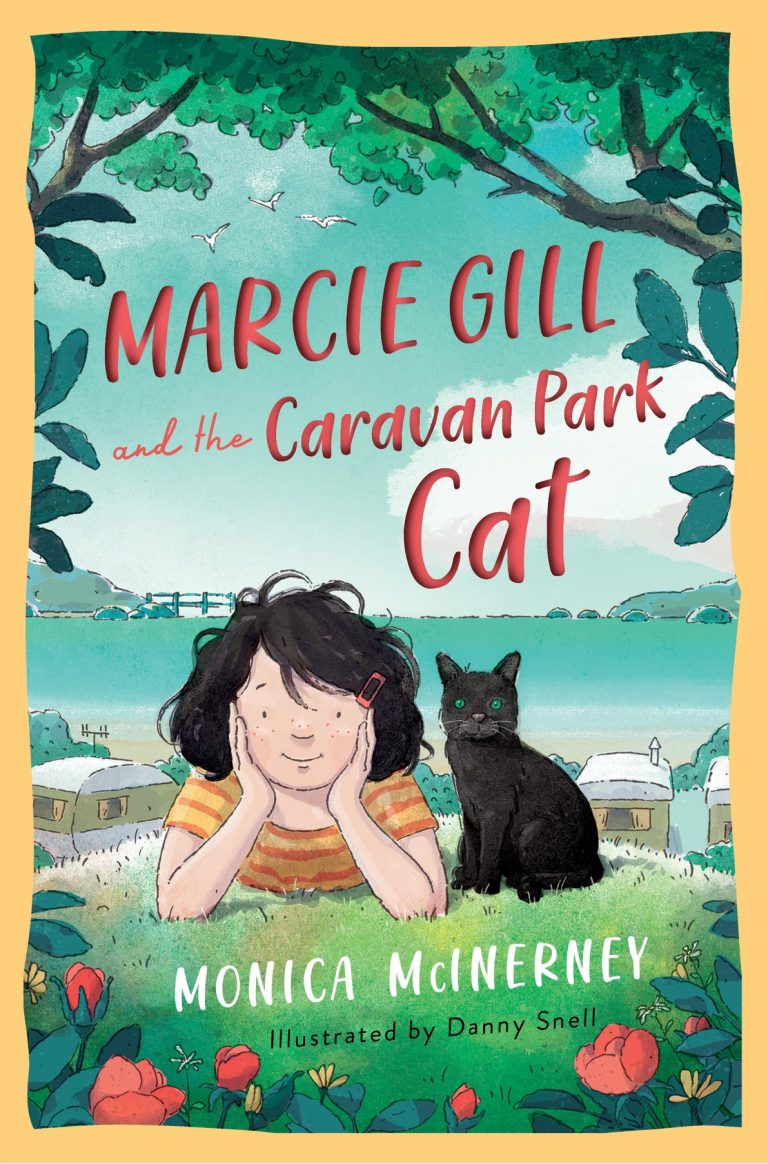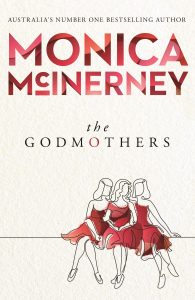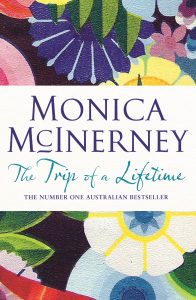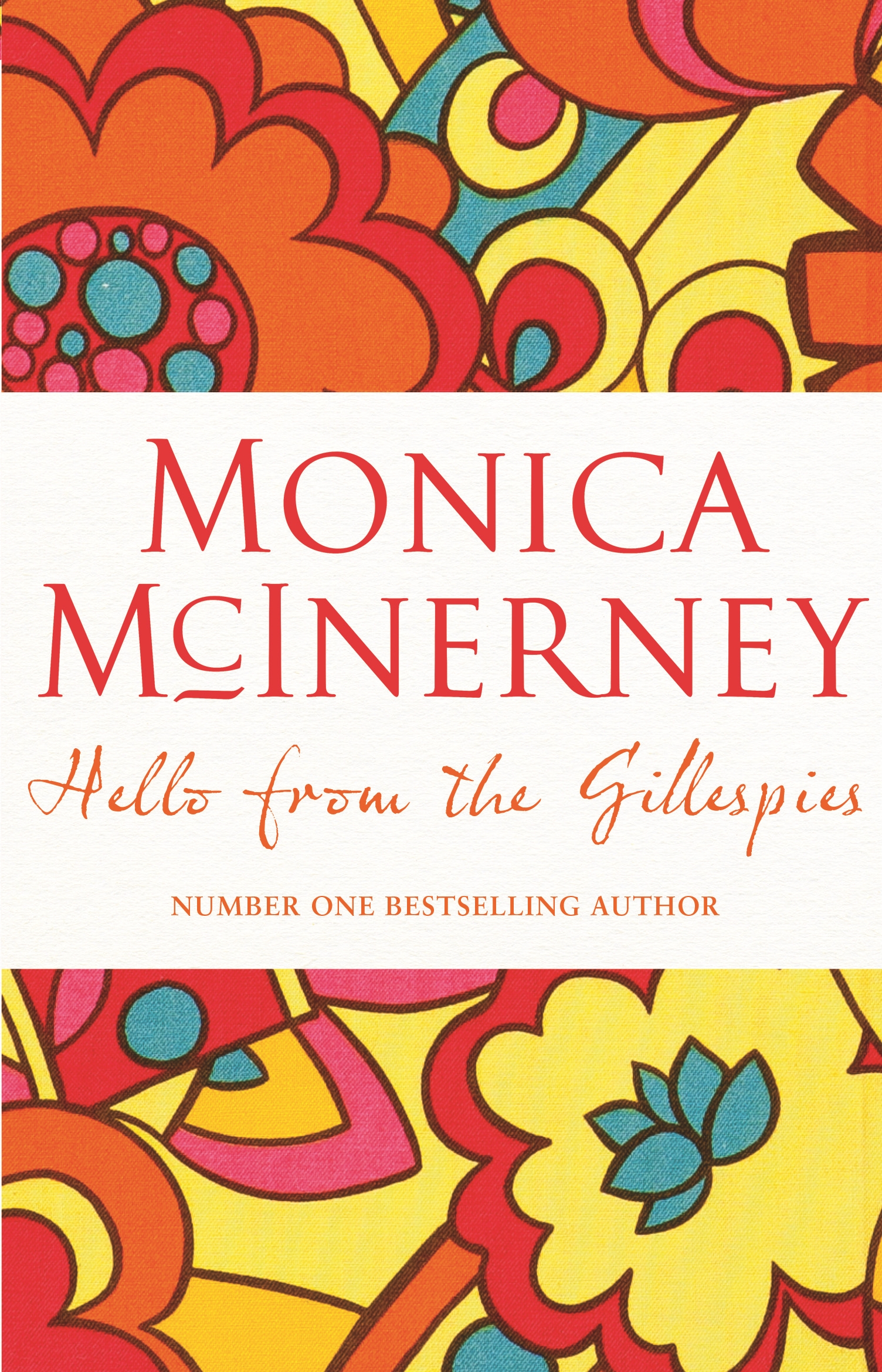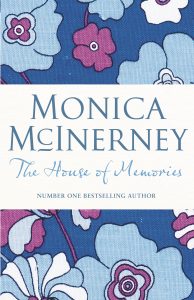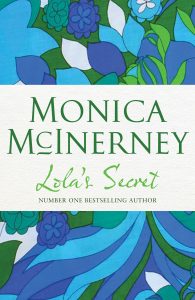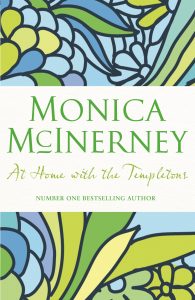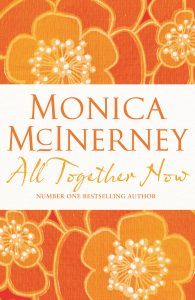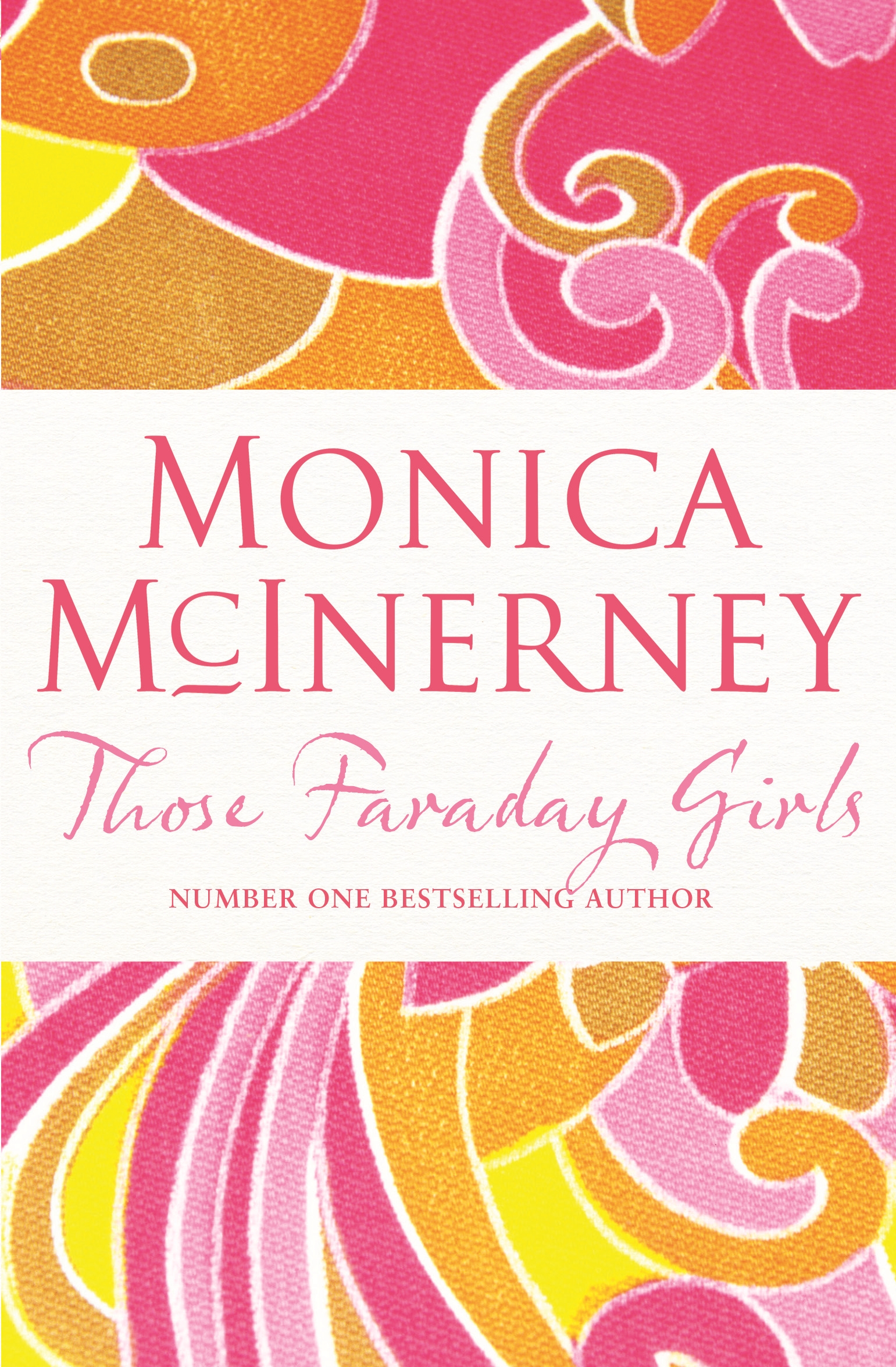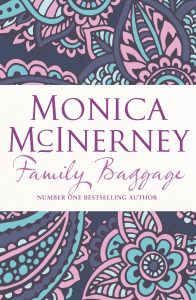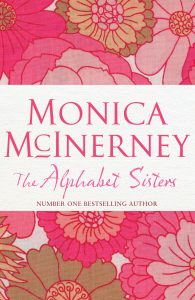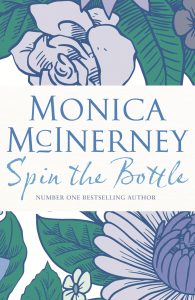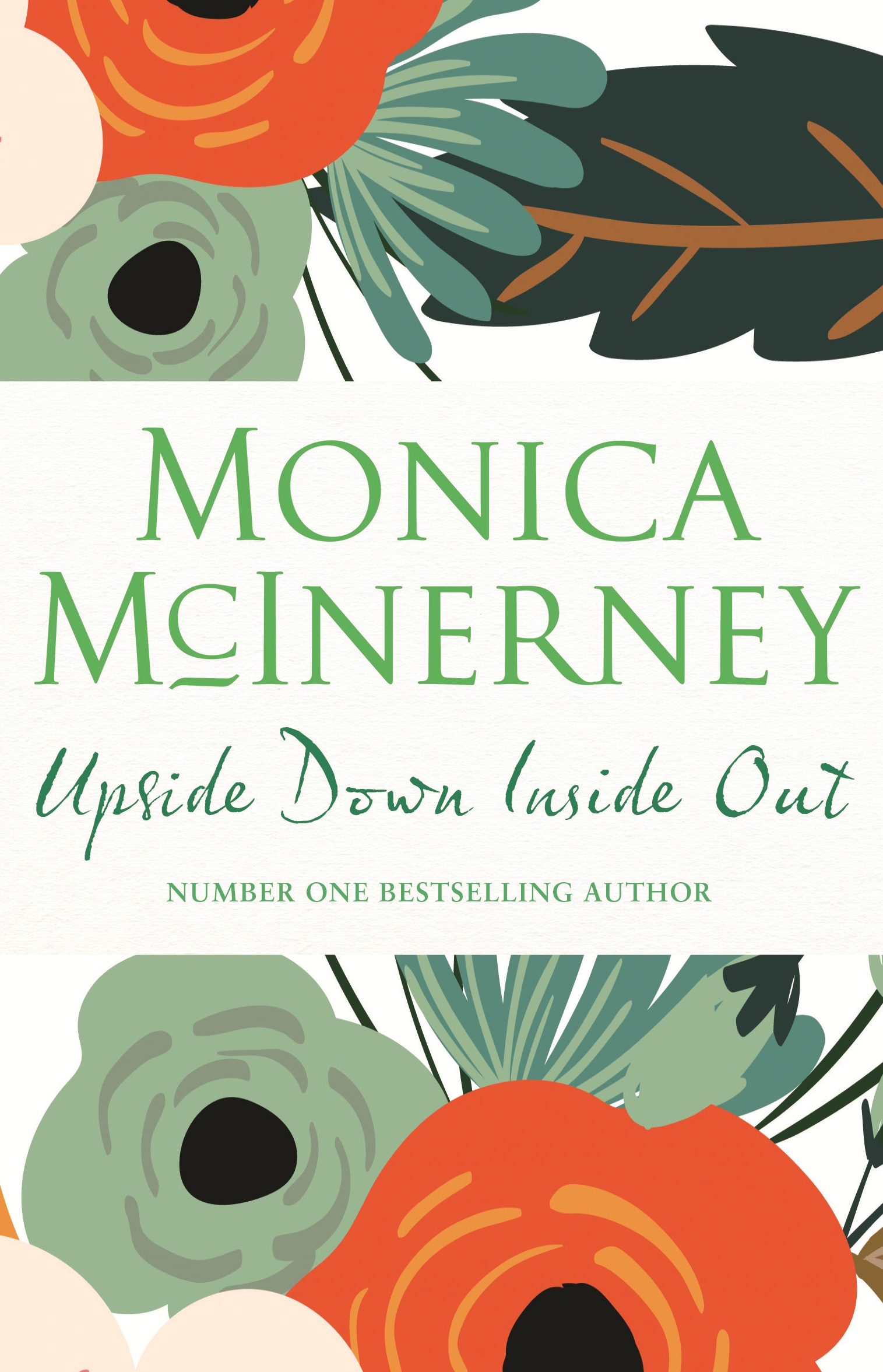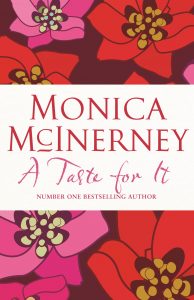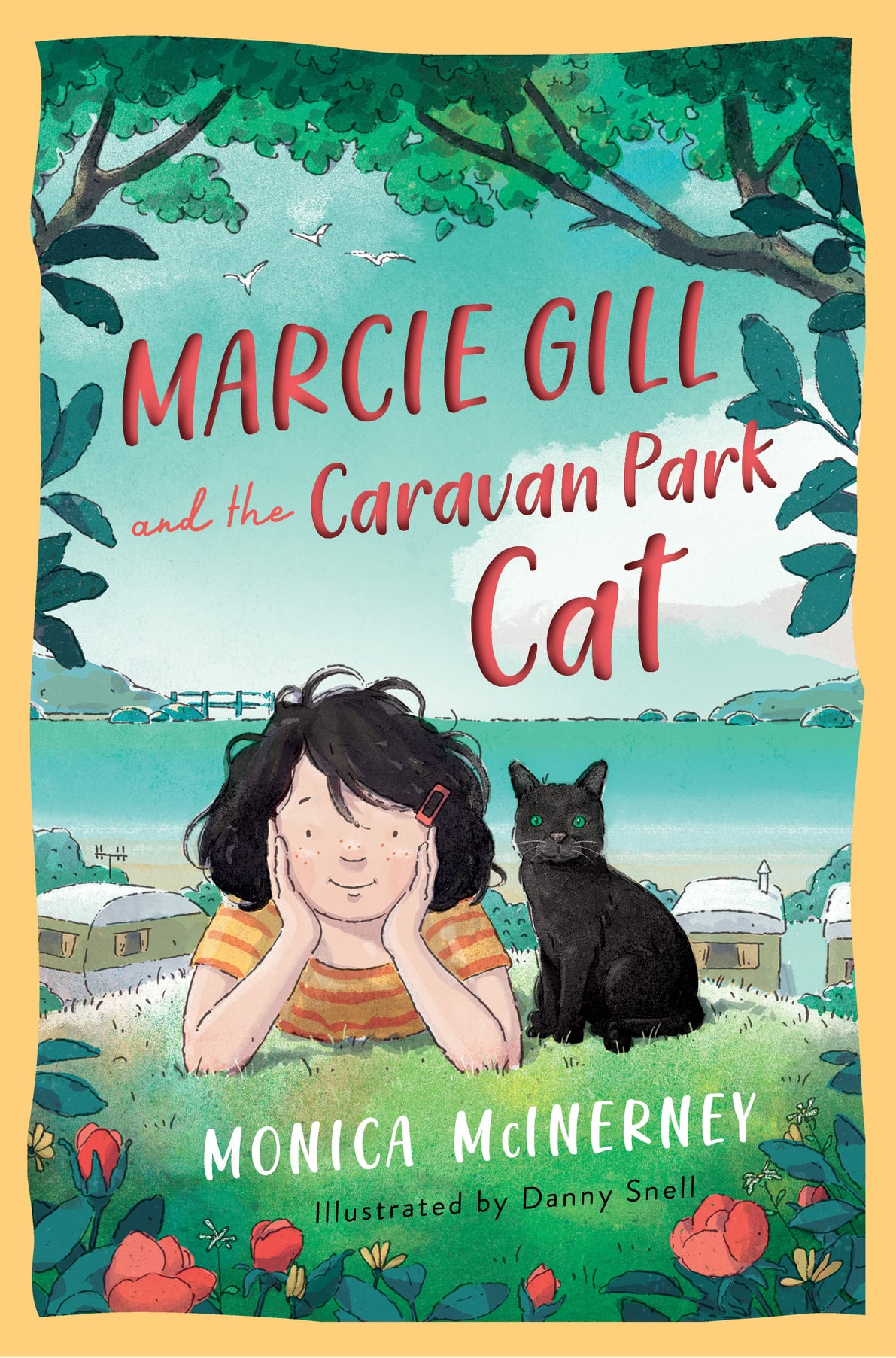The Statues of Dublin
In the centre of O’Connell Street in Dublin there’s a statue of the man who used to own the vegetable shop in my childhood hometown in Australia. On North Earl Street, a drinking crony of my brother is immortalized in bronze. Across the river on Grafton Street, the woman who gave me my first driving lesson is commemorated in 17th century dress beside a hawker’s barrow.
For Dubliners, these sculptures are of very different people, of course. The man in O’Connell Street is Daniel O’Connell, the Liberator who achieved Catholic Emancipation. James Joyce is the rakish-looking figure tilting on his cane in North Earl Street. And the tart with the cart, surrounded by camera-happy tourists, is dear old Molly Malone.
But when I first arrived in Dublin from my native Australia more than 20 years ago, these city statues made me feel peculiarly and unexpectedly at home.
I was 26, newly married to an Irishman, swapping blue skies for grey, struggling to get my bearings in a strange country.
As well as the lack of sunshine (“Everything looks like it’s been dipped in grey paint,” I apparently wailed one homesick night) there were smaller hardships – like the unavailability of pumpkins, except at Halloween (the only time I got to show off my dinner party special, a spicy pumpkin soup). There was no Internet, no Skype, no cheap phone calls. I felt a long way from home, a long way from all that was familiar.
Until the day I recognized that man on the pedestal in O’Connell Street. Oh certainly, the name on the base was Daniel O’Connell, but I knew those features instantly: it was Mr Clark, the shopkeeper from my childhood in country South Australia. How comforting it was to see him here, 17,000 kilometres from home: Clarkie, who once turned up at our back door with a baby possum wondering if we kids would like it as a pet. (Our mother said a firm ‘no’).
After that, ‘doubles’ started popping up all over the city. James Joyce? No. Gidday, Richo! Jim Richardson, my brother’s pub friend, whose party trick was an ability to juggle oranges while whistling ‘My Way’.
And buxom Molly Malone? The woman who taught me to drive favoured less plunging necklines, but that aside, the statue was her double.
My daily walks around Dublin immediately became fun. How could I feel homesick when my adopted city was full of reminders of home like this? I realized homesickness could be cured. It was a matter of collecting new sights and stories, turning the strange into the familiar.
Last year I moved homes again, this time from one part of Dublin (Stoneybatter) to another (Drumcondra.) The move was less disruptive than Australia to Ireland, several kilometres rather than thousands, but I still felt strangely unsettled.
Until, once again, I started noticing unexpected but familiar details. Viewing my new home for the first time, I was struck immediately by the interior doors: they were just like the doors of the railway house in Clare, South Australia, where I grew up. (Dad had been station master there for 35 years).
As I stepped out the front door that first day, something flashed by at the top of the street. A train. The arrangement of the neighbourhood houses and the height of the track made it appear as if the carriages were flying through the air, like a glimpse of something from Harry Potter. Even the noise of the wheels on tracks was familiar and welcome, the soundtrack of my childhood.
But an even better reminder of home was lying – in fact, sitting – in wait for me. At the other end of my new road was the Royal Canal. On its banks, beside the tow path, was a statue. Lifesize, a man on a park bench, sitting in relaxed fashion, turned slightly, as if he was mid-conversation with whoever took a seat beside him.
The plaque told me it was Brendan Behan, the playwright, the novelist, the bold boy. But all my life, Mr Behan had been famous in my family for a different reason. My father was the spitting image of him. They shared the same character-filled face, the same plump figure, the same love of a drink, a story. ‘Twins, separated at birth,’ family and friends agreed. And now, here he was, at the end of my new road.
I took a seat beside him. My Dad had died ten years earlier, changing the landscape of my family forever. I still missed him very much – his solid presence in my life, his stories, our conversations. Here was my chance to talk to him again. I didn’t mind if passers-by thought it strange. I told my Dad how happy I was to see him there. I told him of our plans to repaint the new house, to fill the small garden with bright flowers, including an Australian bottle-brush plant. He didn’t answer. Not out loud. But I knew he was glad to see me too. And one year on, I still say hello every time I walk past.
(Published in the Irish Daily Mail magazine, 2012.)
(Copyright Monica McInerney 2014)
